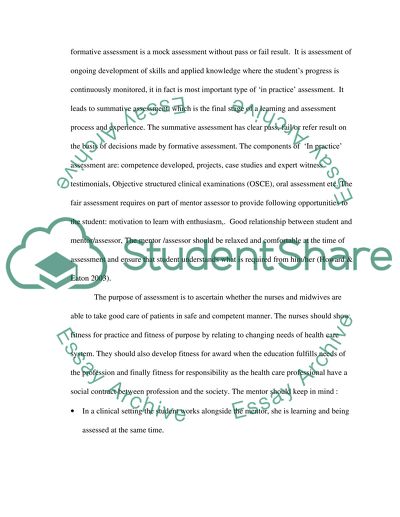Cite this document
(“Mentorship in Professional Practice Essay Example | Topics and Well Written Essays - 2000 words”, n.d.)
Mentorship in Professional Practice Essay Example | Topics and Well Written Essays - 2000 words. Retrieved from https://studentshare.org/health-sciences-medicine/1518822-mentorship-in-professional-practice
Mentorship in Professional Practice Essay Example | Topics and Well Written Essays - 2000 words. Retrieved from https://studentshare.org/health-sciences-medicine/1518822-mentorship-in-professional-practice
(Mentorship in Professional Practice Essay Example | Topics and Well Written Essays - 2000 Words)
Mentorship in Professional Practice Essay Example | Topics and Well Written Essays - 2000 Words. https://studentshare.org/health-sciences-medicine/1518822-mentorship-in-professional-practice.
Mentorship in Professional Practice Essay Example | Topics and Well Written Essays - 2000 Words. https://studentshare.org/health-sciences-medicine/1518822-mentorship-in-professional-practice.
“Mentorship in Professional Practice Essay Example | Topics and Well Written Essays - 2000 Words”, n.d. https://studentshare.org/health-sciences-medicine/1518822-mentorship-in-professional-practice.


